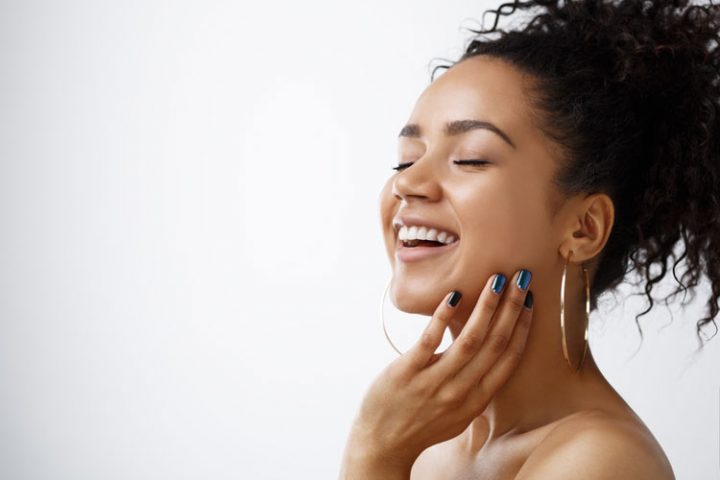
Vitamin B3 has been used for many years for wound treatment. In the last decade Niacinamide has been recognized for a wide range of cosmeceutical benefits such as:
- Dryness
- Redness
- Pigmentation
- Acne
- Fine lines
- Skin immunity
This wide range of positive effects on skin is why we call our Synergie Skin Vitamin B serum the essential skin ‘multi-tasker’.
Niacinamide is also known as Vitamin B3 and nicotinamide. B3 is vital to cell metabolism as it acts as a precursor to production of skin compounds such as collagen, involucrin, filaggrin and keratin. B3 forumalted correctly has evolved into one of the most effective topicals
When it comes to formulating the Synergie Skin products, I refer to my ‘SEED Principle’:
- Stability – The ingredient must not be prone to oxidation or breakdown
- Effectiveness – The ingredient must actually work and have data to support the benefits.
- Elegance –The ingredient must have that ‘feel good’ quality and the customer must want to use it. As well as touch and feel, the product must not have an unpleasant fragrance.
- Delivery – The cosmeceutical active ingredients must be able to reach its target cell to create the desired biological effects.
With that in mind, let’s consider Vitamin B through my SEED priniciple:
1. STABILITY
Niacinamide is highly stable and does not degrade in the presence of heat, light or oxygen.
2. EFFICACY
The benefits of B3 are diverse and include the following effects on human skin
Improved barrier function and reduces irritation and redness
B3 reduces water loss (trans-epidermal water loss/TEWL) through the outer layer of the skin and therefore improves the barrier function of the skin. Skin treated with Niacinamide is more hydrated and less prone to redness and damage from environmental irritants. This is due to the fact that B3 increases the production of skin lipids such as ceramides as well as skin barrier proteins such as keratin, involucrin and filaggrin.
Reduced hyperpigmentation
Niacinamide inhibits the transfer of melanin (dark pigment) from the cells that produce melanin (the melanocyte) to the skin cells in the outer layer (keratinocyte). Because transfer is inhibited, it signals the melanocyte to stop producing melanin to reduce skin pigmentation.
Reduced yellowing of skin
Ageing skin often exhibits a shallow complexion. This is due to the sugar in our skin, linking to skin protein. This process is called ‘Glycation ageing’ and results in a shallow (yellow-brown) tone to skin. Glycation also stiffens collagen and increases the production of wrinkles.
Reduction of wrinkles
Topical Niacinamide reduces the appearance of wrinkles by increasing collagen production and reducing excess GAG (glycosaminoglycan) compounds in the deeper skin dermis. Interestingly excess GAGs on Shar Pei dogs results in the wrinkled appearance of their skin.
Boosting of the natural immunity of the skin
Vitamin B3 prevents immunosuppression caused by UV light by boosting the skin’s natural immune response. There has been recent discussion on incorporating B3 in chemotherapy for skin cancer treatment.
Reduces inflammation
Niacinamide is effective in reducing the inflammatory response in the skin. Since all skin conditions are based on inflammation, B3 can be used to treat virtually all skin conditions.
Oil regulation
Dr Drealos MD discovered that topical Niacinamide reduced excess sebum production in acne and the added reduction in inflammation by B3 further help acne sufferers control their condition.
3. ELEGANCE
Niacinamide is tolerated by most individuals due to the following characteristics:
- Low irritation and anti-inflammatory benefits
- High solubility
- Compatible and non-reactive with many other cosmeceutical ingredients (except acids)
- Colourless
- Odorless
4. DELIVERY
- Low MW/ structure
- Readily penetrates the stratum corneum
- Readily water soluble
- High acidity/alkalinity ?hydrolyisis to nicotinic acid
- Panthenol B5 is synergistic and enhances activity
